OSHA recently published the list of the top 8 safety violations in 2018:
- Fall Protection
- Hazard Communication
- Scaffolding, General Requirements
- Control of Hazardous Energy (Lockout/Tagout)
- Ladders
- Fall Protection Training Requirements
- Machinery and Machine Guarding
- Eye and Face Protection
The Bureau of Labor Statistics lists the areas causing the most deaths in 2017:
- Total Deaths: 5,147
- Roadway: 1,299
- Falls: 877
- Homicides: 458
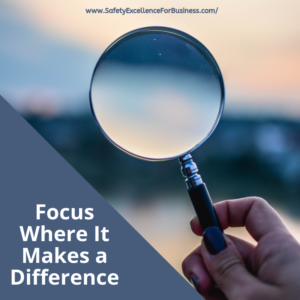 There seems to be an interesting disconnect here. OSHA does focus on falls, but what about roadway deaths and homicides? These are serious workplace problems as well. What about the whole problem of workplace violence that begins with the lack of respect (bullying, harassment), and that can lead to serious business problems like poor productivity, high absenteeism, fighting, injuries, murder, and suicide?
There seems to be an interesting disconnect here. OSHA does focus on falls, but what about roadway deaths and homicides? These are serious workplace problems as well. What about the whole problem of workplace violence that begins with the lack of respect (bullying, harassment), and that can lead to serious business problems like poor productivity, high absenteeism, fighting, injuries, murder, and suicide?
Safety professionals and managers are spread quite thinly and need to prioritize their safety work. Certainly, the conditions of each workplace have their priorities, yet, these questions need to be considered:
- What is our real experience? Our vulnerabilities?
- Where can I have the greatest, positive impact?
- Where do I best put my efforts?
- What does OSHA want?
- What does management want?
- What do the people in our organizations want?
At Richard N. Knowles and Associates, we have found that the best place to focus is to build respect in our workplaces. While this may sound like an odd place to start, we have found that it positively impacts the performance of the entire organization. Safety gets a lot better. Productivity gets a lot better. All dimensions of our work get a lot better.
I know because this is what I did as a Plant Manager. Building a respectful workplace resulted in much better performance in all dimensions of our businesses because fewer people got distracted with bullying, more information was shared about the work and how we were doing, improvements in all aspects of what we were doing got made, new opportunities for better business performance showed up, the gap between work-as-imagined and work-as-done got smaller and total performance improved; this applied to all our work.
Each and every one of us can decide to treat each other with respect. We can share information about what is going on, listen and learn together. When this happens, everything gets better. We can agree about things. We can disagree about things. When we treat each other with respect, we can have honest, adult discussions about how to do things the best way we can. New ideas emerge, different ways to see things are learned, we think together to make our work the best it can be.
Safety gets better because the gap between work-as-imagined and work-as-done closes. We, together, come up with the best possible solutions to our challenges. All phases of our work get better.
When I was the Plant Manager in a large West Virginia chemical plant, working together with everyone with respect enabled us to cut injury rates by over 97%, cut emissions to the air, water and land by about 96% and earnings rose about 300%. All the things we looked at showed improvement.
Focusing on helping the workplace to become more respectful is a powerful place to work and the payoff is terrific. All you have to do is to decide to treat each other with respect, talk about the important challenges in all dimensions of our work, listen and learn together, then do what you have agreed to do with honesty and diligence.
A Step Forward
Every manager needs to go into their workplaces every day, talking with the people about the business and how it is doing, listening and learning together. They need to take a stand insisting on a respectful workplace and enforce it. Trust will build, people will open up and share what is happening and everyone can learn. The safety gets a lot better along with all the other aspects of the business.
Every manager that I have met has the capability to do this. It just takes the will to care enough. Call me…glad to share how this can happen in your workplace, too (716-622-6467).
 A review of the Bureau of Labor Statics summary of fatal occupational injuries for 2011-2017 shows a 1% drop in fatalities from 2016 to 2017 to a total of 5,147 people having lost their lives at work. This is about 9% higher than the 4,693 people killed in 2011. The top three 2017 fatalities categories are roadway accidents totaling 1,299 (up 15% since 2011); slips, trips and falls totaling 887 (up 23% since 2011); and murders and suicides totaling 733 (up by only 2% since 2011).
A review of the Bureau of Labor Statics summary of fatal occupational injuries for 2011-2017 shows a 1% drop in fatalities from 2016 to 2017 to a total of 5,147 people having lost their lives at work. This is about 9% higher than the 4,693 people killed in 2011. The top three 2017 fatalities categories are roadway accidents totaling 1,299 (up 15% since 2011); slips, trips and falls totaling 887 (up 23% since 2011); and murders and suicides totaling 733 (up by only 2% since 2011).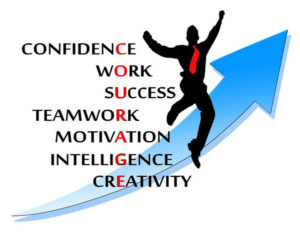 We need courageous leaders who focus on the people, change and the future. Leaders value sharing information, building trust and interdependence, and helping people to see how their job is important for the success of the whole venture.
We need courageous leaders who focus on the people, change and the future. Leaders value sharing information, building trust and interdependence, and helping people to see how their job is important for the success of the whole venture.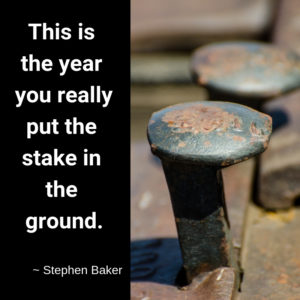 Go into your organizations listening to and talking with the people. Share your vision. Build trust and interdependence. Create safe spaces for people to talk with each other, to share and create the future. Everything will change. That is what I experienced at the Belle Plant.
Go into your organizations listening to and talking with the people. Share your vision. Build trust and interdependence. Create safe spaces for people to talk with each other, to share and create the future. Everything will change. That is what I experienced at the Belle Plant.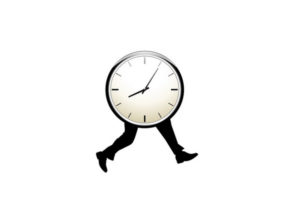 As I travel around and watch things happening, I see so many people in a big hurry. We are coming to the end of the good weather so people are hurrying to get outside jobs finished up. Roofers are really busy and not taking the time to properly use and secure their fall protection. I read of a recent 29-story fall in New York City when a guy on a big construction site fell through an unsecured hole in the floor.
As I travel around and watch things happening, I see so many people in a big hurry. We are coming to the end of the good weather so people are hurrying to get outside jobs finished up. Roofers are really busy and not taking the time to properly use and secure their fall protection. I read of a recent 29-story fall in New York City when a guy on a big construction site fell through an unsecured hole in the floor.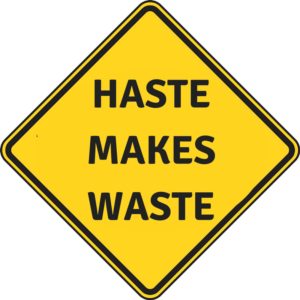 A good, proven approach is to have brief start up meetings to review the hazards of the day’s work, making sure we have the right PPE and other equipment in place and used, asking each other about what might go wrong and working to avoid this. We need to look over the schedules and be sure we have the equipment we need and the right people for the work.
A good, proven approach is to have brief start up meetings to review the hazards of the day’s work, making sure we have the right PPE and other equipment in place and used, asking each other about what might go wrong and working to avoid this. We need to look over the schedules and be sure we have the equipment we need and the right people for the work.




